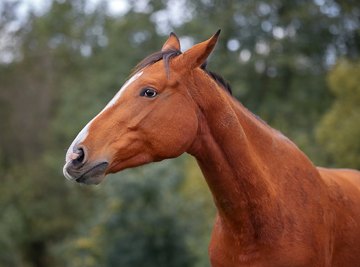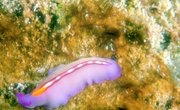
Pythium is a pathogen that infects plant and animal species and thrives well in wet climates. Most pythium begin their development on a plant, but can move to another host (horses, dogs, cats or humans) if the opportunity becomes available.
This disease can cause life-threatening infections in plants and animals and the appearance of the disease varies by host.
Details on Pythium
"Pythium" actually refers to an entire genus of parasitic oomycotes. While they used to be classified as a type of fungi, they actually belong to the kingdom "Chromista", which are a type of eukaryotic fungi- and protist-like organism.
Almost all pythium are a type of parasite. They're thought to have common ancestors relating them to almost all eukaryotic kingdoms with certain attributes coming from each one.
The most common and well-known species within the genus pythium is pythium aphanidermatum. Pythium aphanidermatum is a type of plant pathogen/parasite that we will go more into detail on later in the article.
Other types of pythium are known to infect plants, animals, and even humans. They'll often use some kind of vector in order to infect the plant/animal.
Life Cycle in Nature
On a plant, pythium develops by colonizing a plant. The sporangium of the pythium develop and mature, eventually developing zoospores which are then released into the environment.
This process is similar to the development of a dandelion weed, which grows from a bud into a plant and then turns white and releases seeds into the environment. These zoospores then attach themselves to a nearby plant or a passing animal or person, to begin the cycle over again and reproduce on a new host.
Pythium Life Cycle of Infection
If pythium infects an animal or human, its life cycle becomes somewhat different than it is on a plant host. Pythium are particularly attracted to injured tissue, as this provides the moist environment they need for survival.
The pythia will use flagella (extended string-like limbs) to attach itself to the host with a sticky substance. It will then germinate and infect the host, causing the infection to spread as the pythium grows and reproduces inside its new host.
Result in Plants: Pythium Root Rot
For a plant, the Pythium aphanidermatum can cause root or stem rots as well as blights on grasses and fruits. It's often referred to as "pythium root rot" colloquially.
Pythium root rot can cause serious damage to plant species and kill off entire sections as the pythium continues to reproduce and spread from leaf to leaf or grass to grass in a particular area.
Result in Animals
In horses, pythium infection causes masses to form, called "krunkers." These can be removed, but often do extensive damage to the horse's skin tissues first.
In dogs, pythium infection causes similar deterioration of the skin tissue. In appearance, the skin seems to rot away as the pythium (which is considered a water mold) invades the skin tissue and reproduces.
For cats, the pythium infection will cause a tumor-like mass underneath the skin. This appears as a bulge under the fur.
Result in Humans
Some people can contract an infection from pythium as well. This infection will invade the skin tissue and eat away at it, often causing the affected area to require amputation in order to be cured.
Pythium infections can also affect the arteries, causing pockets of pus inside the body where the pythium continues to grow and reproduce.
